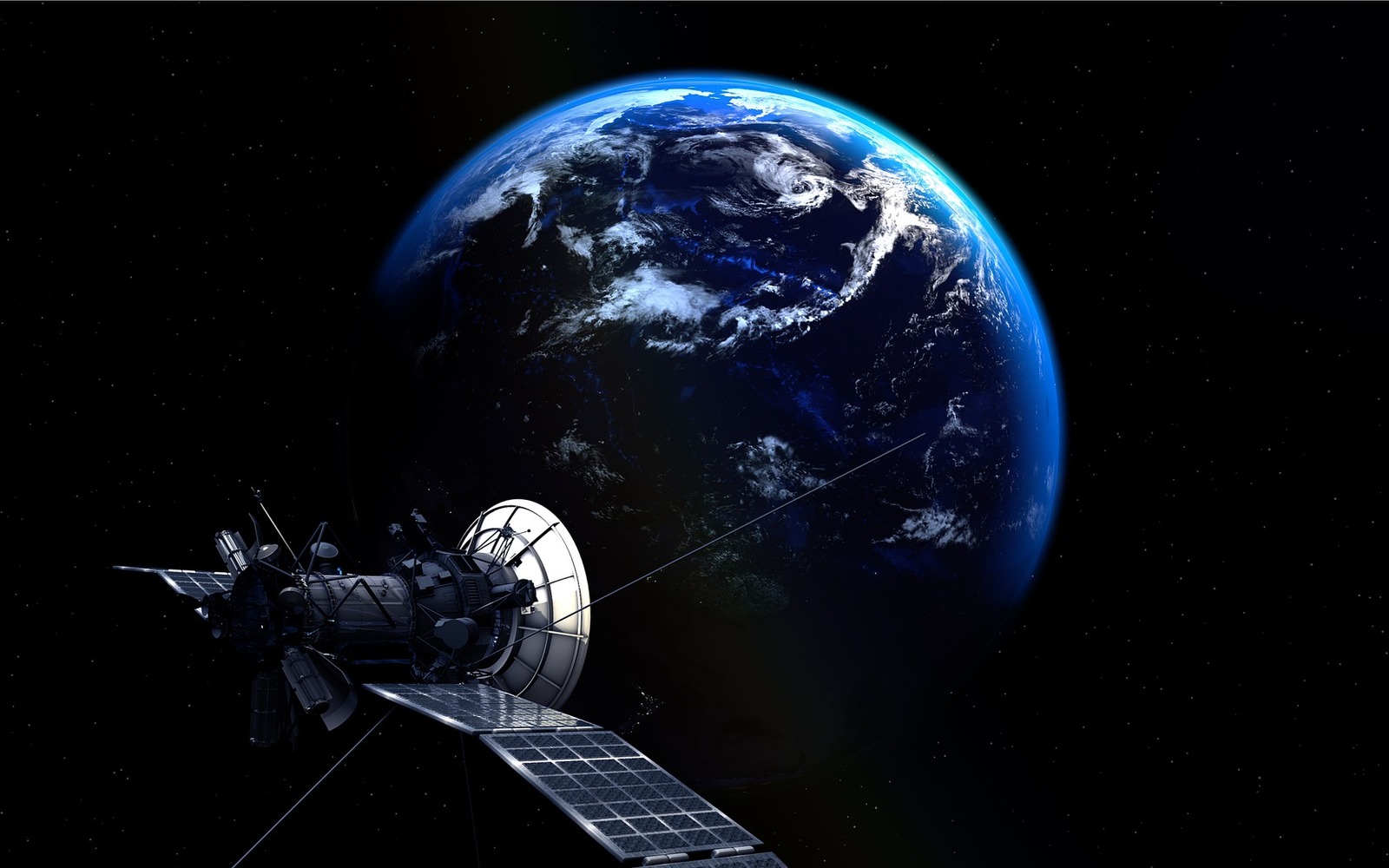MAI is developing the coating that increases the reliability of the satellite equipment

Experts of Moscow Aviation Institute, together with experts of the Radiostream Research and Production Enterprise, are developing a new radio-absorbing coating for a spacecraft. The work is being carried out at the MAI Department 309 "Theoretical Electrical Engineering" under the guidance of the Head of the Department Vladimir Kirillov with the participation of the Department 903 "Advanced Materials and Technologies for Aerospace Purposes" and its associate Professor Mikhail Prokofiev.
What are the radio-absorbing coatings?
Radio-absorbing coatings are made of materials that absorb electromagnetic waves.
— You can draw an analogy with materials that absorb sound waves, — explains Vladimir Kirillov. — We know that in a room lined with ceramic tiles, sound waves will be reflected from the walls. This will interfere with clear sound reproduction; the sound will be booming. And if the walls are covered with a thick layer of cotton wool or if you have walls covered with carpets, the sound will be soft, clear. Approximately the same thing happens with electromagnetic waves. In a room with an unsuitable wall covering, such as a test laboratory, the reflected wave is superimposed on the incident one, which leads to distortion of the electromagnetic field. This, in turn, creates errors when measuring the parameters of the electromagnetic environment.
Thus, radio-absorbing coatings are necessary in laboratories where experimental research related to the electromagnetic field is being carried out, including testing of the on-board electronic devices. Radio-absorbing materials can also be used for aircraft and ground-based systems with complex onboard systems, and the innovative direction is the creation of such materials for spacecraft here.
The main goal of the development is to improve the quality of the operation and service life of the on-board equipment by attenuating reflected waves that affect antennas and can affect the operation of electronic devices and devices negatively. The researchers also believe that the use of the new material will reduce the cost of developing of the aircraft on-board systems.
Aggressive environments resistance
A material intended for use in space must have a number of unique properties.
— Spacecraft usually operate in the aggressive environment where the temperature varies from −150 to +150 degrees Celsius, — continues Vladimir Kirillov. — They are also exposed to radiation and vibration. Therefore, the radio-absorbing material coating of the spacecraft must be resistant to thermal, radiation, and mechanical loads.
These requirements are met by the radio-absorbing material TPMV-1C, which is being studied by specialists of MAI and NPP Radiostream.
— According to the results of the preliminary studies, the material TPMV-1C has all the necessary characteristics: it is resistant to vibrations, high and low temperatures. Its electrophysical parameters do not change at large temperature differences, — says the head of the Department 309. — The research, however, is not yet complete, but the results are encouraging, and we assume that this material can be used in future to improve the quality of functioning of electronic and spacecraft on-board devices.
It is expected that the result of the work will be of interest to a number of companies that design and manufacture spacecraft: Central Research Institute of Mechanical Engineering (JSC "TsNIIMash"), Moscow Experimental Design Bureau "Mars", etc. The researchers plan to make the final conclusion about the suitability of the material for use in space by the end of 2021.